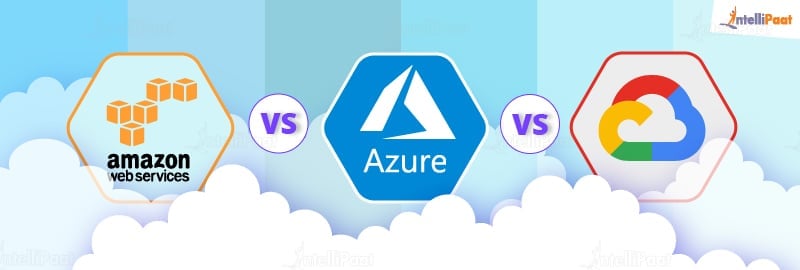To understand what is Microsoft Azure, we must also know about other cloud platforms such as Amazon Web Service (AWS) and Google Cloud Platform. Without going into details, let us just compare them to avoid confusion.

Here are some of the differences between the three cloud service providers.
| AWS | Microsoft Azure | Google Cloud Platform |
| 12 years old | 7 years old | 6 years old |
| Amazon S3 is mostly used for secondary backup | Backup is built into Azure | Does not provide any backup |
| Gives managed virtual tape infrastructure across hybrid environments | Enterprise-grade hybrid cloud storage | It relies on partners like Egnyte |
| Dominant market position | Second largest provider | Recently launched and new |
| Pricing is per hour | Pricing is per minute | Pricing is per minute |
Cloud Computing is in its nascent stage, and therefore there is a lot of scope to grow in this area as a professional with the right certification and the right platform.
Azure holds the largest market share, after AWS. With the extensive use of AWS, there are many professionals who already have mastered it and the job market for AWS has now become saturated. On the other hand, opting for Google Cloud would not help you much, since most of the Fortune 500 companies are not on Google Cloud right now. Hence, the number of jobs available for Google Cloud is comparatively less. Being in the middle ground, getting certified as an Azure Professional is going to be a strategically good choice.
Now that we know learning Azure is the right thing to do, let’s move on in this ‘what is Microsoft Azure’ blog and learn how Azure actually works by discussing the Microsoft Azure architecture.

No comments:
Post a Comment